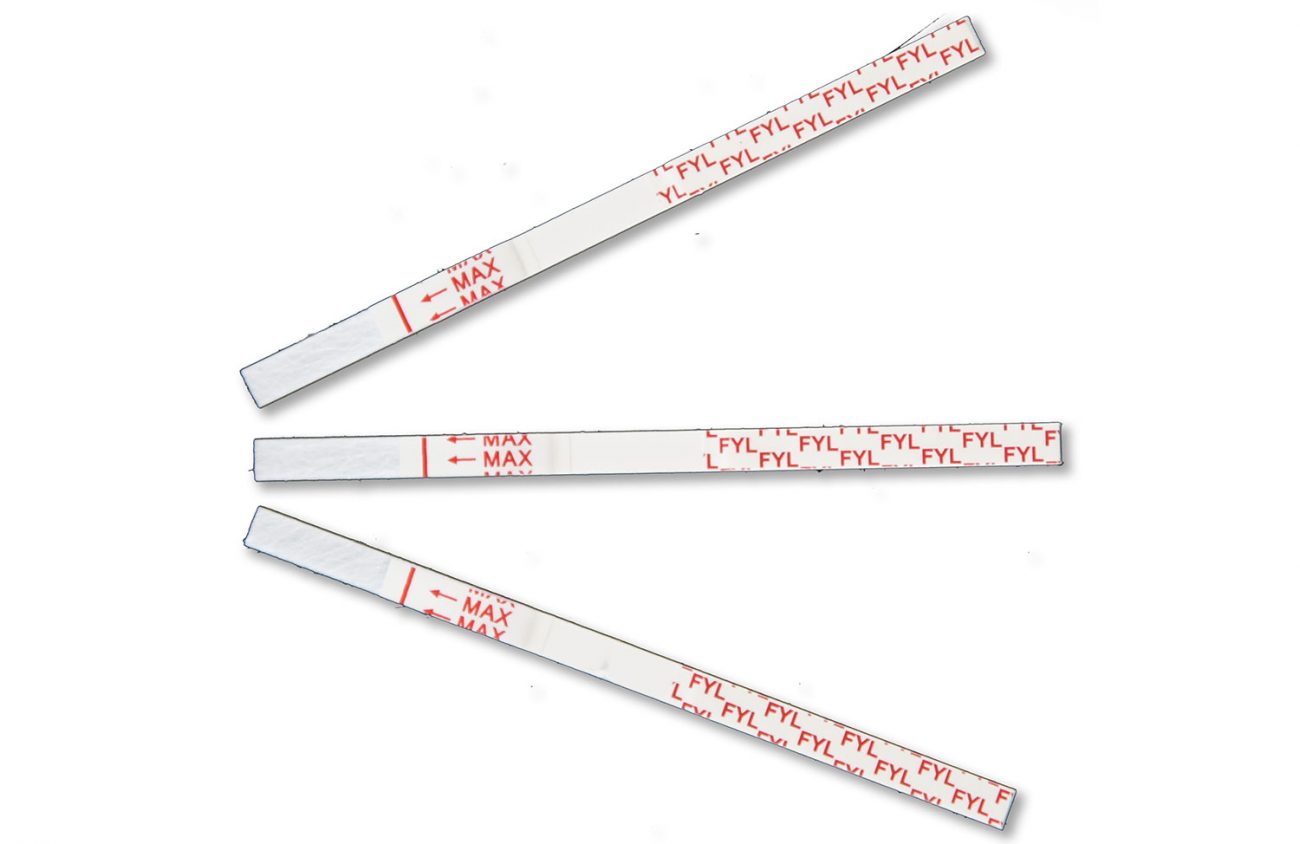Earlier this month the U.S. Drug Enforcement Agency sent a memo to local agencies warning that counterfeit pills containing fentanyl — the synthetic drug at the center of the opiate epidemic — are being made in Mexico and distributed in the Pacific Northwest.
On Nov. 8, the Eugene Police Department said it hadn’t received reports of fentanyl being found locally. However, local treatment centers and harm reduction services conducting their own tests have confirmed that fentanyl is more prevalent in Lane County than previously expected.
The syringe exchange program in Eugene, administered through HIV Alliance, provides clean needles, cookers and cottons for IV drug users. Since 2018, HIV Alliance has included three fentanyl test strips with each “kit” given out. Patients are encouraged to return the test strips and answer a survey about the results.
According to data provided by HIV Alliance, of the 1,127 fentanyl test strips handed out between October 2018 and June 30 of this year, 15 percent came back positive for lethal doses of fentanyl.
Of the positive samples, 119 were found while testing heroin, 52 were found while testing methamphetamine and four were found in samples taken from other drugs —a painkiller, two speedballs and cocaine.
In neighboring Douglas County, out of the 730 fentanyl test strips distributed, 14 percent came back positive for fentanyl, with the majority of the positive result being found in meth.
Fentanyl is known to be lethal in small doses, making the risk for overdose higher for users unable to test their drugs. According to the DEA press release, 27 percent of tablets seized nationwide between January and March of this year contained potentially lethal doses of fentanyl.
The DEA says Mexican drug cartels have been producing mass quantities of counterfeit prescription pills cut with fentanyl.
“Illicit fentanyl distribution has made drug use more life threatening than ever in the Pacific Northwest,” DEA agent Keith Weis says in the Nov. 4 press release. “Alarmingly, this year we have seized more than 16 kilograms of fentanyl, which equates to more than 8 million dosage units.”
These results are in stark contrast to the reports by the Eugene police. EPD did not respond to questions regarding whether officers are testing the illegal drugs they find in the street.
Dr. Eric Geisler, the medical director for local drug treatment center Serenity Lane, says he’s gotten used to seeing patients who have reported taking drugs cut with fentanyl, both with — and without — their knowledge.
“We are seeing several patients a month who are using pressed fentanyl tablets,” Geisler says, “sometimes knowing it’s fentanyl, sometimes thinking they are real medications like oxycodone.”
The fentanyl testing strips themselves aren’t a perfect science. The results only read positive or negative. They won’t tell the user how much fentanyl is actually present in the sample.
Also, the strips can only test drugs dissolved in water. This is convenient for IV drug users, but not those taking pills.
The Harm Reduction Coalition says that users who suspect their pills could be cut with fentanyl should dissolve the whole pill in water before testing. The coalition works with people and communities impacted by drugs.
“Since fake pills may have fentanyl very unevenly mixed into them, the entire pill should be crushed to be sure none is missed,” according to the Harm Reduction Coalition’s website.
